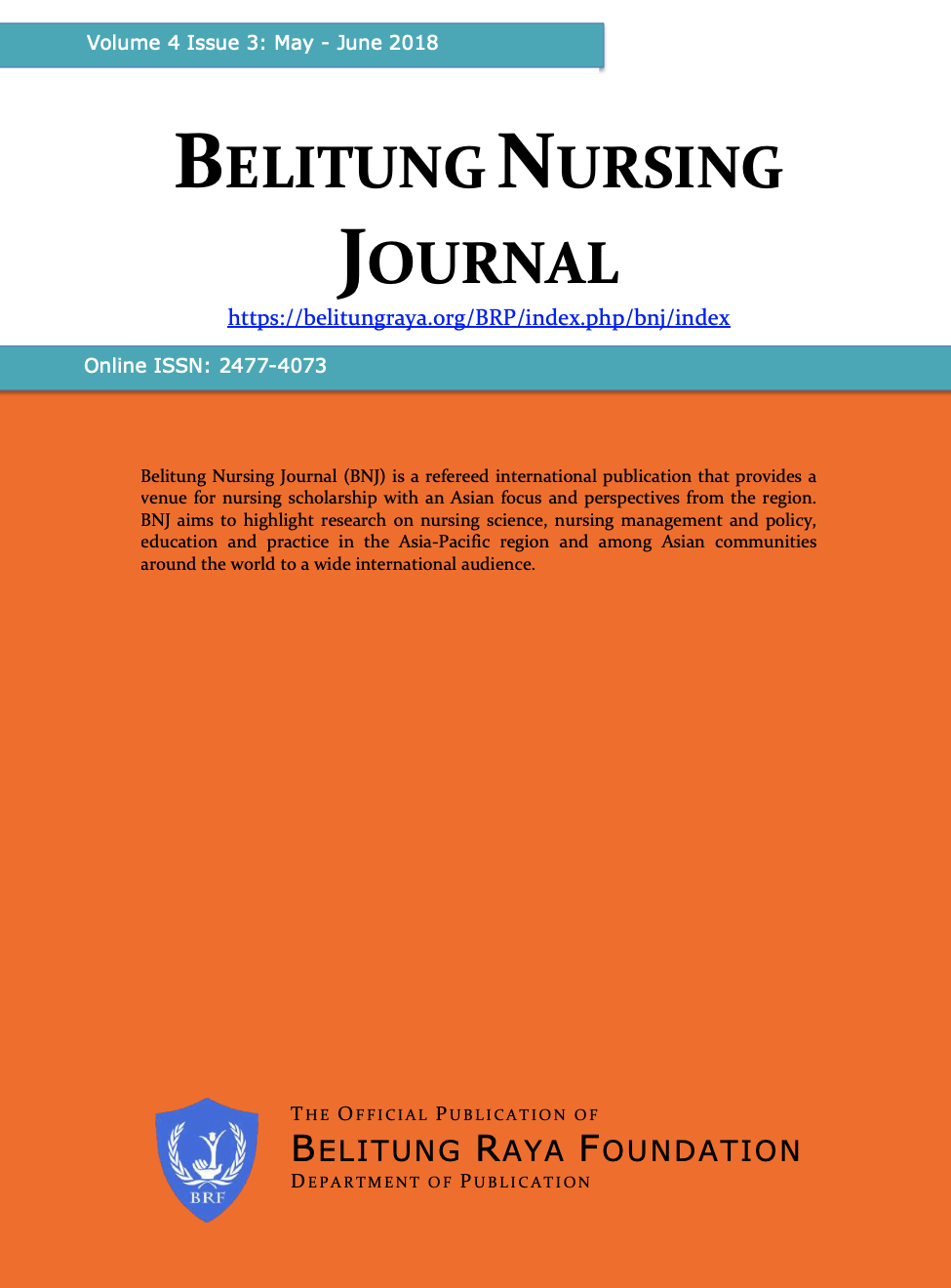Aldayel, A., Jubeau, M., McGuigan, M., & Nosaka, K. (2010). Comparison between alternating and pulsed current electrical muscle stimulation for muscle and systemic acute responses. Journal of Applied Physiology, 109(3), 735-744.
Asadi, M., Torkaman, G., Mohajeri-Tehrani, M., & Hedayati, M. (2015). Effects of electrical stimulation on the management of ischemic diabetic foot ulcers. Journal of Babol University of Medical Sciences, 17(7), 7-14.
Association, A. D. (2017). Standards of medical care in diabetes—2017 abridged for primary care providers. Clinical Diabetes, 35(1), 5-26.
Beckman, J. A., Creager, M. A., & Libby, P. (2002). Diabetes and atherosclerosis: epidemiology, pathophysiology, and management. JAMA, 287(19), 2570-2581.
Francia, P., Anichini, R., De Bellis, A., Seghieri, G., Lazzeri, R., Paternostro, F., & Gulisano, M. (2015). Diabetic foot prevention: The role of exercise therapy in the treatment of limited joint mobility, muscle weakness and reduced gait speed. Italian Journal of Anatomy and Embryology, 120(1), 21-32.
Ghosh, A., Sherpa, M. L., Yazum Bhutia, R. P., & Dahal, S. (2011). Serum nitric oxide status in patients with type 2 diabetes mellitus in Sikkim. International Journal of Applied and Basic Medical Research, 1(1), 31.
Hingorani, A., LaMuraglia, G. M., Henke, P., Meissner, M. H., Loretz, L., Zinszer, K. M., . . . Marston, W. (2016). The management of diabetic foot: a clinical practice guideline by the Society for Vascular Surgery in collaboration with the American Podiatric Medical Association and the Society for Vascular Medicine. Journal of Vascular Surgery, 63(2), 3S-21S.
Pamungkas, R. A., Limansyah, D., Sudarman, S., & Siokal, B. (2016). Self management program among type 2 diabetes mellitus patients: A literature review. Belitung Nursing Journal, 2(3), 34-39.
Park, R. J., Son, H., Kim, K., Kim, S., & Oh, T. (2011). The effect of microcurrent electrical stimulation on the foot blood circulation and pain of diabetic neuropathy. Journal of Physical Therapy Science, 23(3), 515-518.
Petrofsky, J. S. (2011). The effect of type-2-diabetes-related vascular endothelial dysfunction on skin physiology and activities of daily living: Journal of Diabetes Science and Technology, 5(3), 657-667.
Riskesdas. (2013). Basic health research report. Jakarta: Ministry of Health of Indonesia.
Sandberg, M. L., Sandberg, M. K., & Dahl, J. (2007). Blood flow changes in the trapezius muscle and overlying skin following transcutaneous electrical nerve stimulation. Physical Therapy, 87(8), 1047-1055.
Sharma, D., Shenoy, S., & Singh, J. (2010). Effect of electrical stimulation on blood glucose level and lipid profile of sedentary type 2 diabetic patients. International Journal of Diabetes in Developing Countries, 30(4), 194.
Thakral, G., LaFontaine, J., Najafi, B., Talal, T. K., Kim, P., & Lavery, L. A. (2013). Electrical stimulation to accelerate wound healing. Diabetic foot & Ankle, 4(1), 22081.
Toda, M., & Morimoto, K. (2008). Effect of lavender aroma on salivary endocrinological stress markers. Archives of Oral Biology, 53(10), 964-968.
Valiatti, F. B., Crispim, D., Benfica, C., Valiatti, B. B., Kramer, C. K., & Canani, L. H. (2011). The role of vascular endothelial growth factor in angiogenesis and diabetic retinopathy. Arquivos Brasileiros de Endocrinologia & Metabologia, 55(2), 106-113.
WHO. (2016). Global report on diabetes. Geneva: World Health Organization.









